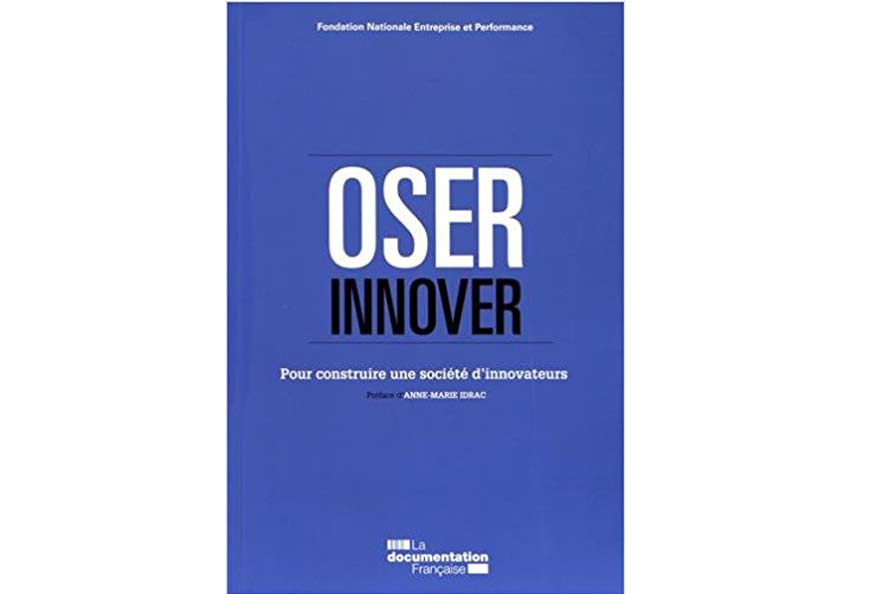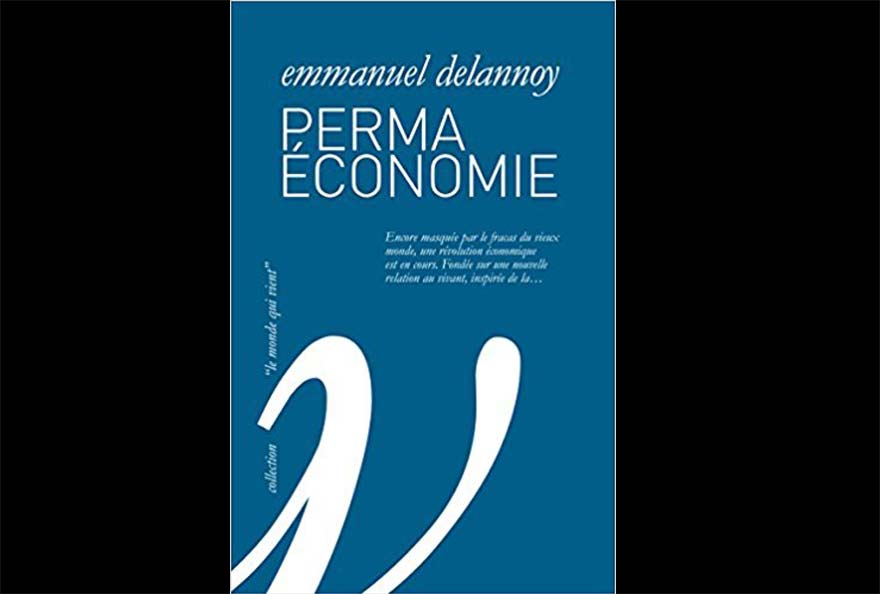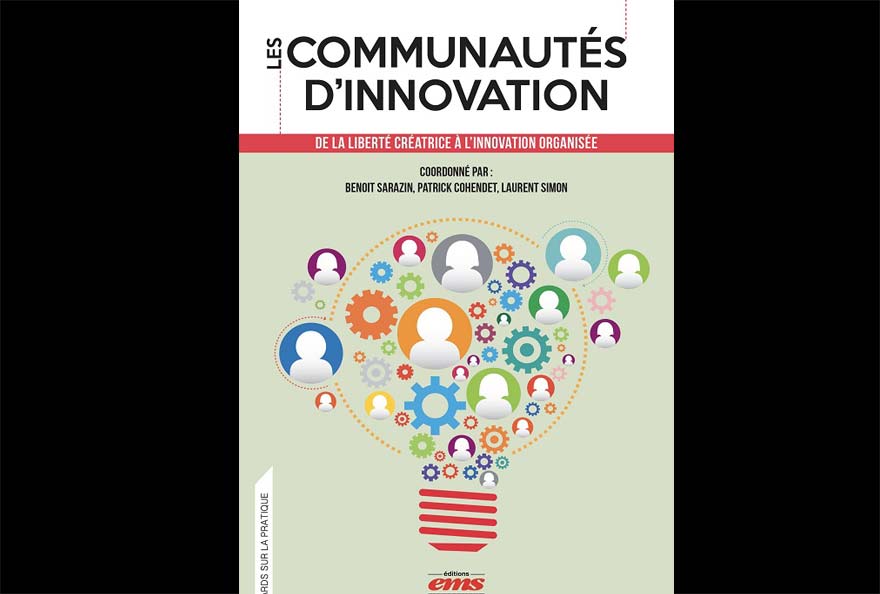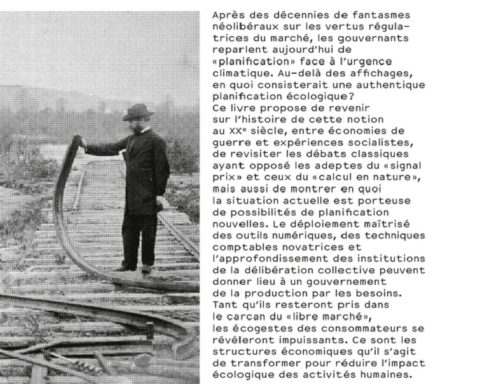With a book published on 17 May by the DILA (Direction de l'Information Légale et Administrative), which is both ambitious in its objective and pedagogical in its approach, the FNEP - Fondation Nationale Entreprise et Performance - continues its cycle of publications dedicated to the exciting subject of innovation. It is possible to promote innovation by everyone and not only by a few genius creators! Such is the conviction acquired by the co-authors of the book "Oser innover. Pour construire une société d'innovateurs", at the end of the study mission carried out under the aegis of the Fondation Nationale Entreprise et Performance.
After the themes of innovation performance and ecosystem functioning, this time the angle of innovation culture was chosen and brilliantly explored by the twelve co-authors, members of the FNEP 2016 mission, who demonstrate, with talent and simplicity, that the innovator is you, is us, is everyone. Each of us is an innovator, or at least has the potential to become one.
This book takes the reader into a kind of seductive game, animated by the cartoonist Migli, so that he can find within himself his own innovative talent, his creative capacity. For he does have one, hidden somewhere inside him. And, as everyone knows that in a game, the important thing is to participate, the co-authors of the book give you the rules, the "How to do it".
"DARE" is the key word. This book gives the reader a boost and makes him or her want to find and exploit its innovative potential.
Drawing on known experiences and experiences, thanks also to meetings in Canada or China, England or Spain, Switzerland or Germany, not forgetting France, the authors draw lessons that are accessible and usable by all.
They play with us to seduce us with this leitmotiv: Yes, I can innovate too! Yes, I can learn from failure and bounce back!
Better yet, they teach us to love to risk innovation. They challenge conventional wisdom on the subject and encourage us individually and as a group to free our minds to think differently about innovation.
They do not forget, of course, to warn us against the sceptics, those for whom any innovation is, by its very nature, suspect. To dare to innovate is also - the book does not ignore this aspect - to have to face judgment, criticism, not always positive, rarely encouraging, and, to tell the truth, sometimes jealous.
In the world, particularly but not only of large companies, where there are often subjects of tension and isolation, the twelve co-authors also have the merit of explaining how to "Dare to innovate" to mobilize, bring together and generate enthusiasm.
Four questions, corresponding to the four parts of the book, organized in practical sheets and preceded by a test game, allowing each one to determine what type of innovator he is, encourage the reader to take the innovative path - or innovator - that suits him.
1. Innovator: To be born or not to be?
Central to this issue is the role of the individual in the innovation process.
The idea is that the potential for innovation is most often largely underestimated, and that, in particular, potentially innovative individuals or groups ignore or censor themselves.
All art consists in the individual revelation of this potential without however occulting its blossoming within the group.
Six immediate and easy-to-implement actions are proposed to identify the key levers for the emergence of innovation within an organization. Some of them encourage individual assistance in the expression of innovative ideas without fear. Others suggest encouraging potential without "overdoing it", so as not to inhibit other expressions that are also just waiting to flourish.
2. Catalysts for innovation
The book's co-authors explain why and how to take advantage of its immediate environment, in its various forms: technologies, social networks, inspiration from other ideas or old innovations, ...
Interacting with one's environment means being creative while enriching one's innovation. It also means taking a calculated, controlled risk.
Twelve immediate and easy-to-implement actions are proposed, ranging from simple office design (still to be thought through), to the creation of test versions of ideas for the challenger, to the proper use of social networks.
3. Can innovation survive in large companies?
This is the big question: can the individual, and therefore his creative potential, only be drowned in a large organization?
The book proposes to respond by looking at things differently. Although large companies seem a priori not very conducive to individual creative development, on closer inspection they offer many means, of all kinds, on which it is possible to rely to germinate innovation, provided of course that there is the will to do so, which is most often the case, even if these large groups do not make it sufficiently known.
Eleven immediate and easy-to-implement actions are proposed that will no doubt surprise you because they talk about freedom within these large structures, diversity, and ... "coffee creativity"!
4. Placing innovation in society with brio
From the top down, several factors can influence the process of innovation: the role of governments and elites, the encouragement to dare to innovate at the educational stage, and also learning to hold accountable those who, in taking action, may make mistakes.
Seven immediate and easy-to-implement actions are proposed that address our attitude as individuals, and our legitimate, but inhibiting, fear of failure, to society and its way of looking at elites, sometimes misunderstanding the meaning of the word, and ignoring the diversity of this population, and, of course, we always come back to it, to the welfare state.
Login
0 Comments
Inline Feedbacks
View all comments












